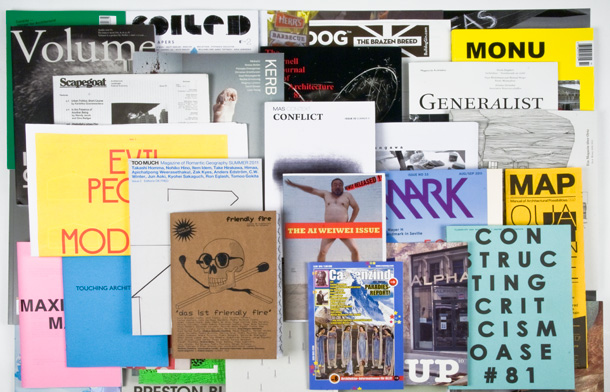“Los Angeles, being the inclusive city that it is, developed in opposed directions at the same time: the downtowns, Wilshire Boulevards, and Century Cities grew along late modern lines, while the peripheries went their own heteromorphic way. This sixties split established what has now became two architectural codes: Mies of the classes, and hetero-architecture for the masses.”- Charles Jencks, 1996.
The collision of Real Estate speculation and political friction makes Los Angeles one of the most volatile development arenas in modern urbanism. Yet, after a half-century of under-building and spot zoning, an infusion of speculative capital, coupled with a dearth of available land, is driving Los Angeles to grow up, instead of out. Present debates about homelessness, housing affordability, and urban density suggest that L.A. could embrace vertical density in a decidedly different fashion than Chicago or Manhattan- cities which adopted skyscraper development primarily as a response to technological innovation or financial speculation. While L.A.’s metropolitan context largely consists of what architectural theorist Charles Jencks once referred to as “heteromorphic architecture,” its growth upward signals the potential to give birth to a new urban form of spatial democracy, eschewing a city of iconic towers in favor of sectional and programmatic complexity instead.
Join us for a Panel Discussion centered on L.A.’s future density led by Archinect’s Amelia Taylor-Hochberg and featuring architects Scott Johnson, Jimenez Lai, John Southern, Peter Zellner, and journalist Mimi Zeiger.
The panel coincides with John Southern’s exhibition, Hot on the Heels of Love: Sensational Speculations– Now on view at the Jai&Jai Gallery.
